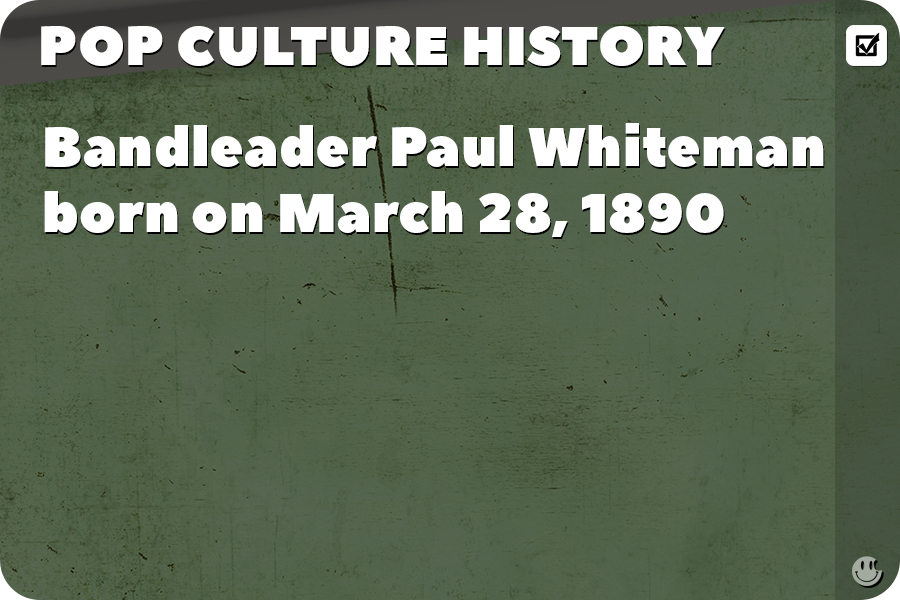
|
Paul Whiteman |
Paul Whiteman was a prominent American bandleader, composer, and orchestral director who played a significant role in popularizing jazz music during the 1920s and 1930s. Born on March 28, 1890, in Denver, Colorado, Whiteman grew up in a musical family. His father, Wilberforce J. Whiteman, was a music teacher and music supervisor for the Denver Public Schools. Whiteman began studying the violin early on and eventually took up the viola. He played in the Denver Symphony Orchestra and later joined the San Francisco Symphony Orchestra. In 1918, Whiteman formed his dance band, which soon gained popularity for its unique fusion of classical music and jazz. |
|









